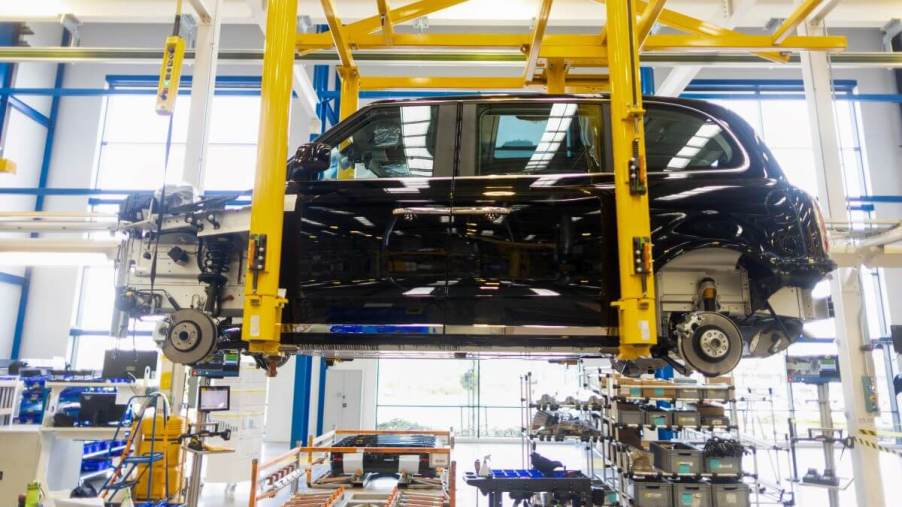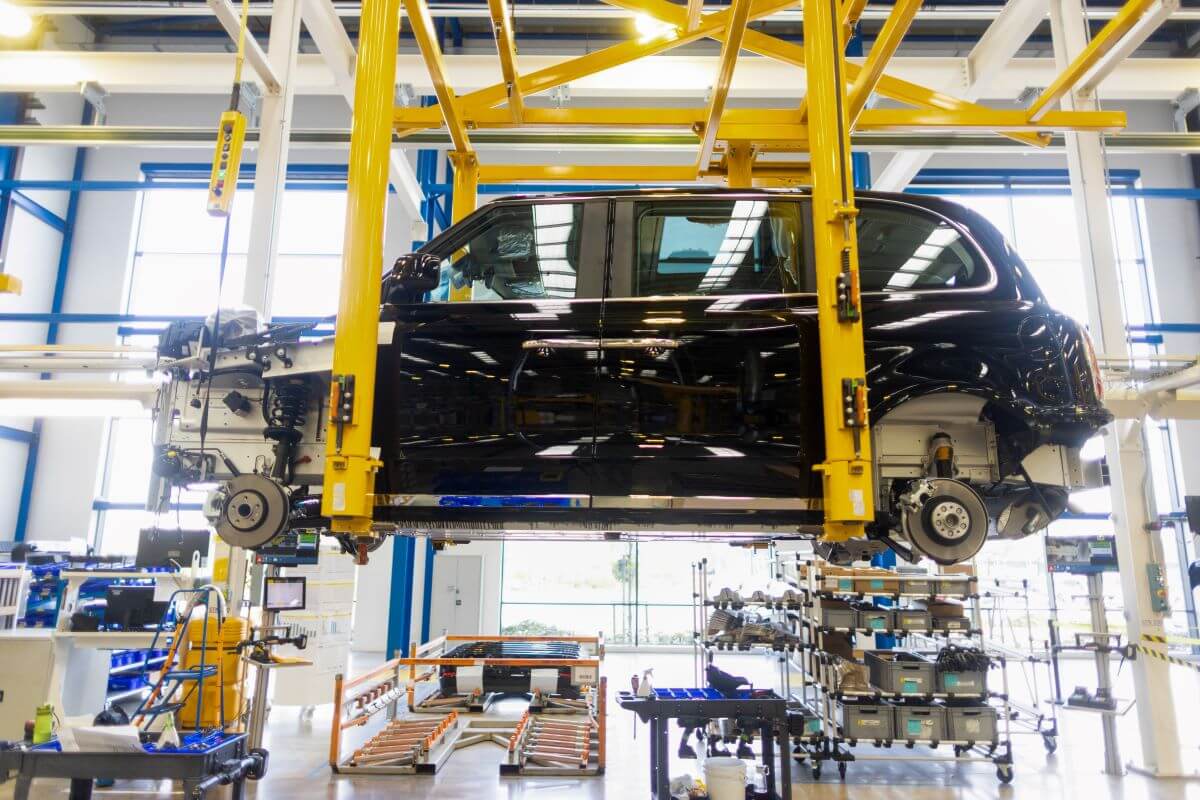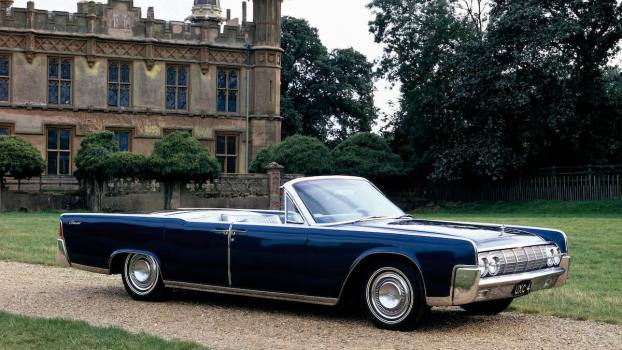
Approximately How Many Parts Are in a Car on Average?
Cars have become an integral part of modern society, with millions on the roads worldwide. As we drive around, we may take for granted the complexity of the machine we’re operating. One question often arises: how many parts are in a car? Understanding the sheer number of parts required to build a car can give us a deeper appreciation for the intricate engineering that goes into creating these machines.
The evolution of automobiles
The history of the automobile industry dates back to the late 19th century when the first gasoline-powered cars were introduced. Over time, technological advancements led to the development of more efficient and powerful engines and the introduction of features like electric starters, radios, and air conditioning. The automotive industry has been a significant contributor to the global economy, providing jobs and generating revenue for many countries.
In the industry’s early years, cars were considered a luxury item, and only the wealthy could afford them. However, the introduction of the assembly line by Henry Ford in 1913 made cars more affordable, and they soon became a commonplace mode of transportation for the middle class. Since then, the industry has continued to evolve and innovate, focusing on sustainability, safety, and connectivity.
Today, cars are equipped with advanced technology, including electric and hybrid engines, autonomous driving systems, and sophisticated infotainment systems. The automotive industry has come a long way since its early days, and it is poised for continued growth and innovation in the years to come.
How many parts are in a car on average?
Given the vast complexity of modern automobiles, it’s understandable that a significant number of parts are required to build and maintain them. These parts include everything from the engine block and transmission to the smallest nuts, bolts, and clips. So, just how many parts are there in a car on average? While it’s difficult to determine an exact number, KnowHow states that most estimates put the figure at around 30,000 parts.
It’s worth noting that the actual number of parts can vary depending on the make and model of the car. Luxury cars with all the latest features and high-tech options will naturally have more parts than a basic economy car. Additionally, the complexity of the car’s systems and components also plays a role in determining the number of parts. For instance, a vehicle with a sophisticated infotainment system, advanced safety features, and an intricate suspension system will have more parts than a car without these features. Ultimately, the number of elements in a car reflects the complexity of the vehicle and the diverse range of functions it must perform.
The difference between parts in an EV vs. ICE vehicle

As electric vehicles (EVs) become increasingly popular, it’s worth noting that they have significantly fewer parts than vehicles with internal combustion engines (ICEs). In general, EVs have around 20%–30% fewer parts than traditional ICE vehicles. This is because electric motors have far fewer moving parts than gasoline-powered engines, which require more components to function properly.
Moreover, EVs don’t have an exhaust system, fuel system, or transmission, so they don’t require parts like spark plugs, fuel pumps, and radiators. Additionally, EVs have a much simpler braking system than ICE vehicles, eliminating the need for many parts, such as brake pads and rotors.
Overall, the simpler design of electric cars means that they require less maintenance and have a lower likelihood of mechanical failure. However, the technology is still relatively new and requires specialized training and equipment to service, which may make repairs more expensive. Nonetheless, as the popularity of EVs continues to grow, advancements in technology and increased competition should help drive down costs and make maintenance more accessible.



